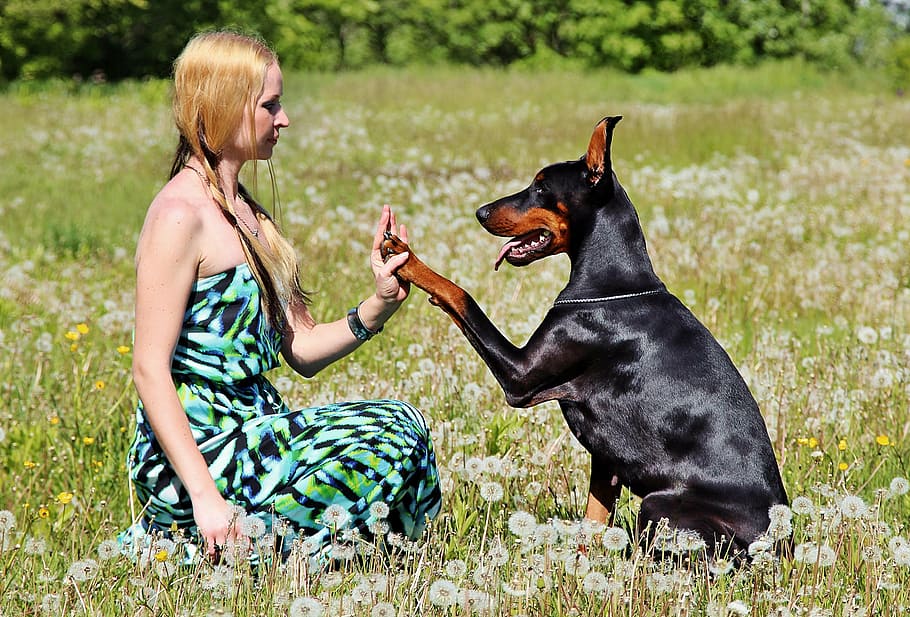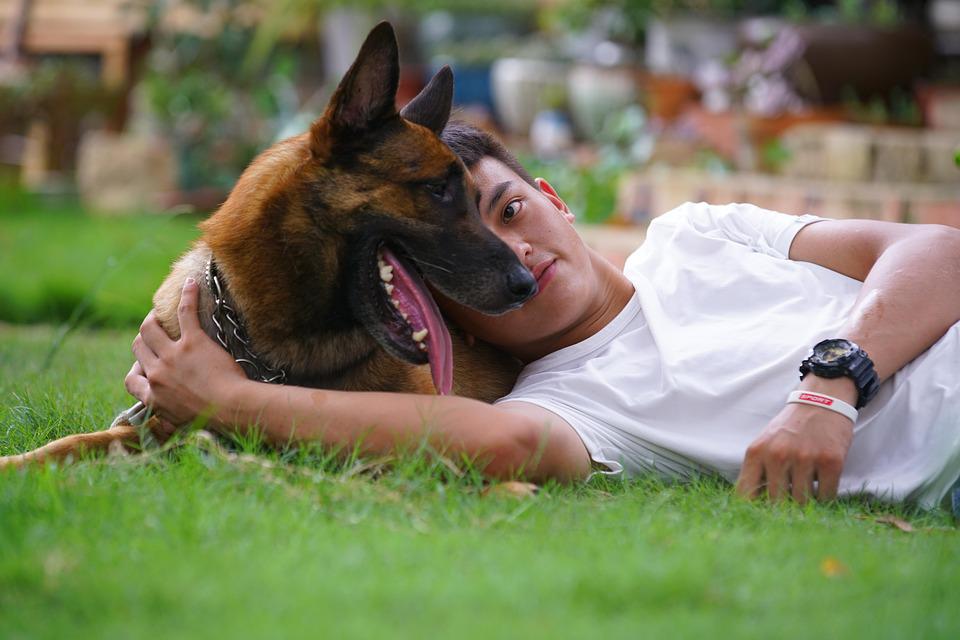Dogs, our beloved four-legged companions, are known for their loyalty, playfulness, and affection. As dog lovers, we share a unique bond with our furry friends, but have you ever wondered about the social behaviors that make dogs such remarkable creatures? In this guide, we’ll explore the fascinating world of canine social behaviors, helping you better understand and connect with your canine companions.
Canine Social Behaviors Unveiled

- Body Language
- Dogs communicate primarily through body language. Pay attention to tail wagging, ear position, and overall posture. A wagging tail can indicate excitement or happiness, but the speed and height of the wag can convey different emotions. For example, a slow, low wag may signal submission or uncertainty, while a fast, high wag often signifies joy.
- Sniffing
- Sniffing is a dog’s way of collecting information about the world. When dogs meet, they often greet by sniffing each other’s noses or rears. It’s their version of a handshake, allowing them to learn about each other’s scents and emotional states.
- Play Behavior
- Play is a crucial part of canine socialization. It helps puppies learn how to interact with other dogs and humans. Play often involves behaviors like chasing, wrestling, and mouthing, all of which serve as important learning experiences.
- Barking and Vocalizations
- Dogs use barking and vocalizations to communicate various emotions and needs. A playful, high-pitched bark can indicate excitement, while a deep, continuous bark may signal alertness or a perceived threat. Understanding the context of the barking is key to interpreting a dog’s message.
- Social Hierarchy
- Dogs often establish social hierarchies within their packs or in multi-dog households. This hierarchy helps maintain order and can influence how dogs interact with one another. Pay attention to how dogs defer to one another or compete for status within the group.
- Territorial Behavior
- Dogs are territorial animals. They may exhibit territorial behaviors, such as marking their territory with urine or protecting their home from perceived intruders. Understanding these behaviors can help you address common issues like house soiling.
Social Behaviors and Training
Understanding canine social behaviors is not only fascinating but also essential for effective dog training and behavior management. Whether you’re teaching basic commands, addressing behavioral challenges, or simply enjoying quality time with your dog, knowing how dogs communicate and interact with each other is a valuable asset.
Social Behaviors in Multi-Dog Households
If you’re a dog lover with multiple canine companions, you’ve likely observed various social dynamics among your dogs. Here are some common behaviors and interactions to look out for in multi-dog households:
- Establishing a Leader
- In a group of dogs, a leader often emerges. This alpha dog sets the tone for the pack’s interactions. While disputes may arise when determining leadership, it’s usually resolved without prolonged conflicts.
- Play and Hierarchy
- Dogs in multi-dog households engage in play that often includes mock battles. These play sessions serve a dual purpose: they’re enjoyable, and they help reinforce the social hierarchy within the group. Understanding this can help you differentiate between playful interactions and serious disputes.
- Resource Guarding
- Dogs may exhibit resource guarding behavior in multi-dog households, especially when it comes to food, toys, or attention. It’s crucial to address and manage this behavior to prevent conflicts among your dogs.
- Group Dynamics
- Pay attention to how your dogs align and interact with one another. Dogs may form smaller groups or pairs within the larger group, and these dynamics can evolve over time.
- Conflict Resolution
- Conflicts are a natural part of social behavior in dogs. Understanding how dogs resolve conflicts, such as through body language or vocalizations, can help you intervene appropriately when necessary.
Conclusion
As dog lovers, delving into the world of canine social behaviors allows us to better connect with our furry companions. Dogs have a rich and nuanced way of communicating, from tail wags to playful antics. By understanding these behaviors, we can strengthen the bond with our dogs, address behavioral challenges, and create a harmonious environment, especially in multi-dog households.
So, the next time you see your dog playfully wagging their tail, engaging in a mock battle, or engaging in group dynamics with other dogs, you’ll have a deeper appreciation for the intricate world of canine social behaviors. It’s a world that enriches our lives and makes the connection between humans and dogs truly special. 🐾🐕
